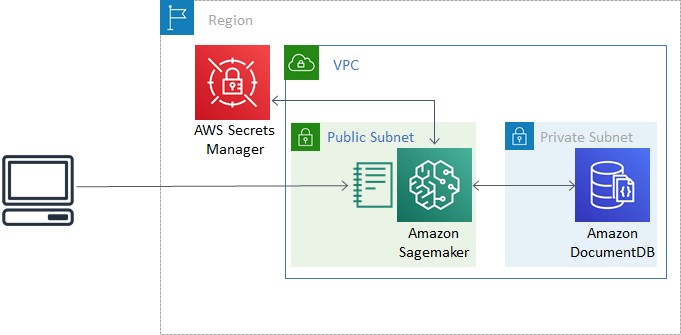Artificial Intelligence
Category: Amazon DocumentDB
Build a scalable containerized web application on AWS using the MERN stack with Amazon Q Developer – Part 1
In a traditional SDLC, a lot of time is spent in the different phases researching approaches that can deliver on requirements: iterating over design changes, writing, testing and reviewing code, and configuring infrastructure. In this post, you learned about the experience and saw productivity gains you can realize by using Amazon Q Developer as a coding assistant to build a scalable MERN stack web application on AWS.
Use Amazon DocumentDB to build no-code machine learning solutions in Amazon SageMaker Canvas
We are excited to announce the launch of Amazon DocumentDB (with MongoDB compatibility) integration with Amazon SageMaker Canvas, allowing Amazon DocumentDB customers to build and use generative AI and machine learning (ML) solutions without writing code. Amazon DocumentDB is a fully managed native JSON document database that makes it straightforward and cost-effective to operate critical […]
Train graph neural nets for millions of proteins on Amazon SageMaker and Amazon DocumentDB (with MongoDB compatibility)
There are over 180,000 unique proteins with 3D structures determined, with tens of thousands new structures resolved every year. This is only a small fraction of the 200 million known proteins with distinctive sequences. Recent deep learning algorithms such as AlphaFold can accurately predict 3D structures of proteins using their sequences, which help scale the […]
Explore image analysis results from Amazon Rekognition and store your findings in Amazon DocumentDB
When we analyze images, we may want to incorporate other metadata related to the image. Examples include when and where the image was taken, who took the image, as well as what is featured in the image. One way to represent this metadata is to use a JSON format, which is well-suited for a document […]
Analyzing data stored in Amazon DocumentDB (with MongoDB compatibility) using Amazon Sagemaker
One of the challenges in data science is getting access to operational or real-time data, which is often stored in operational database systems. Being able to connect data science tools to operational data easily and efficiently unleashes enormous potential for gaining insights from real-time data. In this post, we explore using Amazon SageMaker to analyze […]
The tech behind the Bundesliga Match Facts xGoals: How machine learning is driving data-driven insights in soccer
It’s quite common to be watching a soccer match and, when seeing a player score a goal, surmise how difficult scoring that goal was. Your opinions may be further confirmed if you’re watching the match on television and hear the broadcaster exclaim how hard it was for that shot to find the back of the […]





